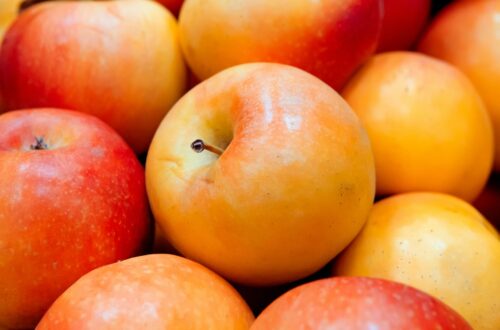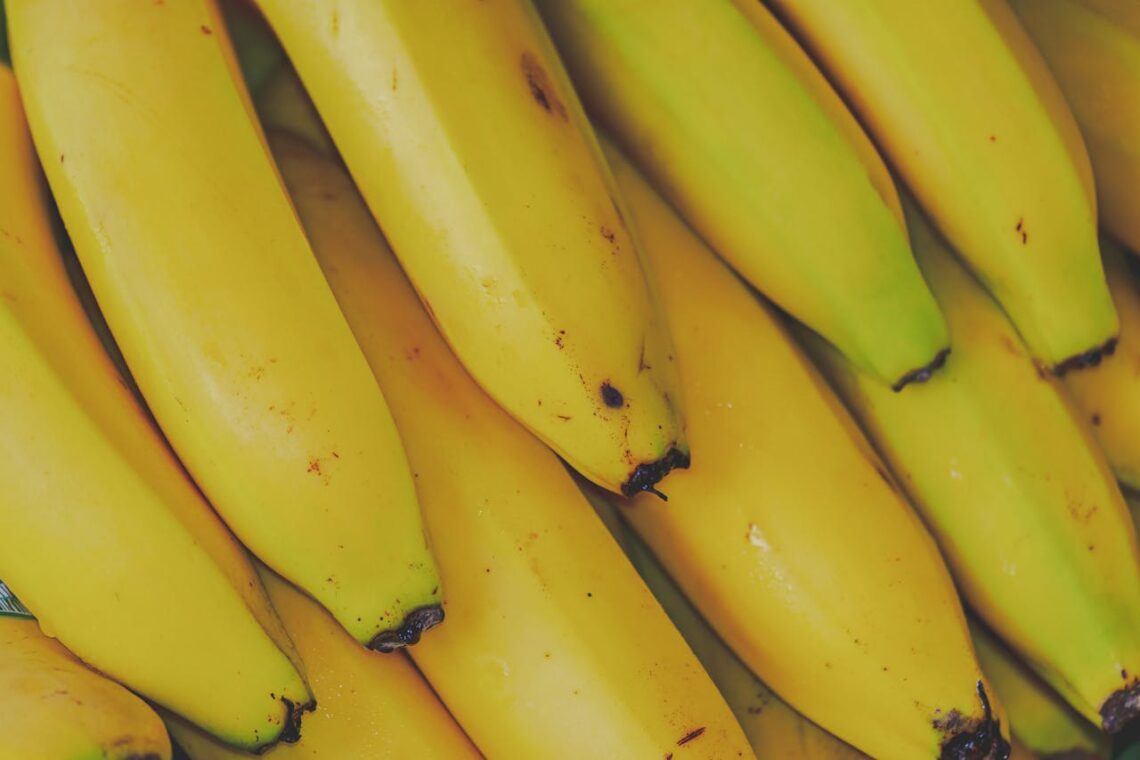
Fascinating Facts About Bananas (The Best 42)
Facts About Bananas
Bananas, one of the most popular fruits globally, are enjoyed by millions every day. Not only are they delicious, but they also offer a multitude of health benefits. Thus this article will explore fascinating facts about bananas, delving into their history, varieties, and nutritional value. Additionally, it will address common questions about this beloved fruit.
The Origin and History of Bananas
Ancient Times and Early Cultivation
Bananas have a long and storied history. Originating in Southeast Asia, particularly in the regions that are now Malaysia, Indonesia, and the Philippines, bananas have been cultivated for thousands of years. Also they were first domesticated in Papua New Guinea around 5000 BCE.
The Spread of Bananas
From their origins in Southeast Asia, bananas spread to other parts of the world. They were brought to Africa by Arab traders and later to the Canary Islands by Portuguese sailors. Eventually, bananas made their way to the Americas through the transatlantic trade routes.
The Cavendish Banana
Today, the Cavendish banana is the most popular type of banana worldwide. It became the dominant variety after the Gros Michel banana, which was once the leading type, was nearly wiped out by a strain of Panama disease in the mid-20th century.
Interesting Facts About Bananas
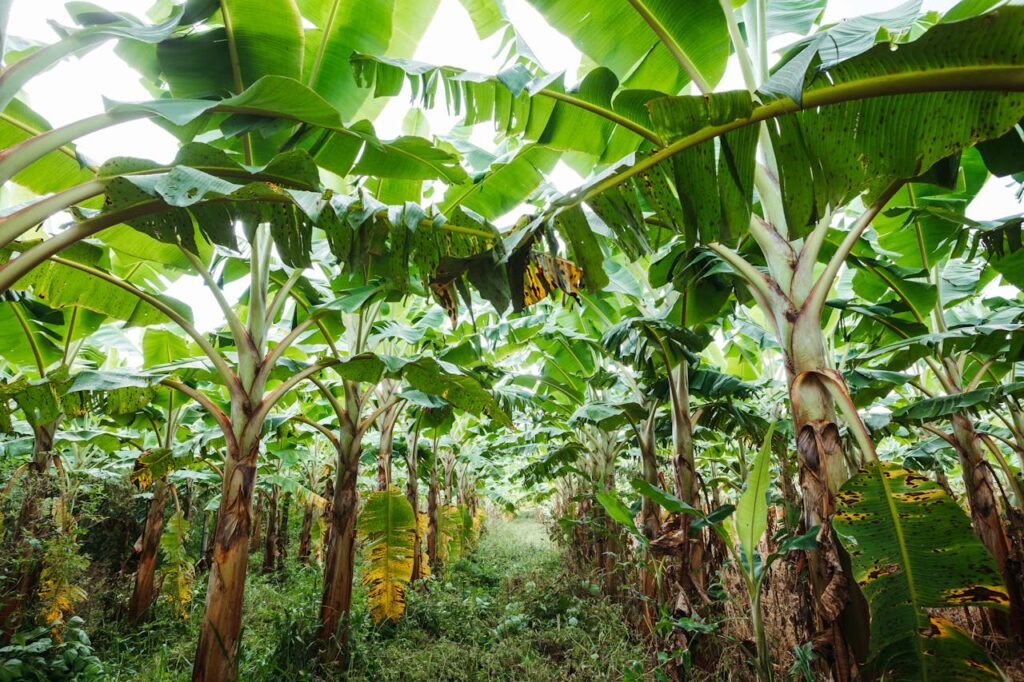
Bananas and Their Botanical Classification
Bananas are classified as the fruit of the Musa sapientum, which translates to the “fruit of the wise men.” Despite their tree-like appearance, banana plants are actually massive herbs. In fact the “banana tree” is technically a large perennial herb, with the “tree’s stem” being a pseudostem formed by tightly packed leaf bases.
The World’s Largest Herb
The banana plant holds the title for the world’s largest herb. So this distinction highlights its unique botanical characteristics, setting it apart from traditional trees and shrubs.
Varieties of Bananas
There are numerous varieties of bananas, including the Cavendish, Gros Michel, Blue Java, and Ice Cream Banana. Thus each type offers a distinct flavor and texture, contributing to the fruit’s versatility in culinary applications.
Health Benefits of Bananas
Bananas are renowned for their high nutritional value. They are rich in vitamins and minerals, including vitamin C, vitamin B6, and potassium. Indeed these nutrients are essential for maintaining good health, supporting the body’s production of serotonin, and helping regulate blood pressure.
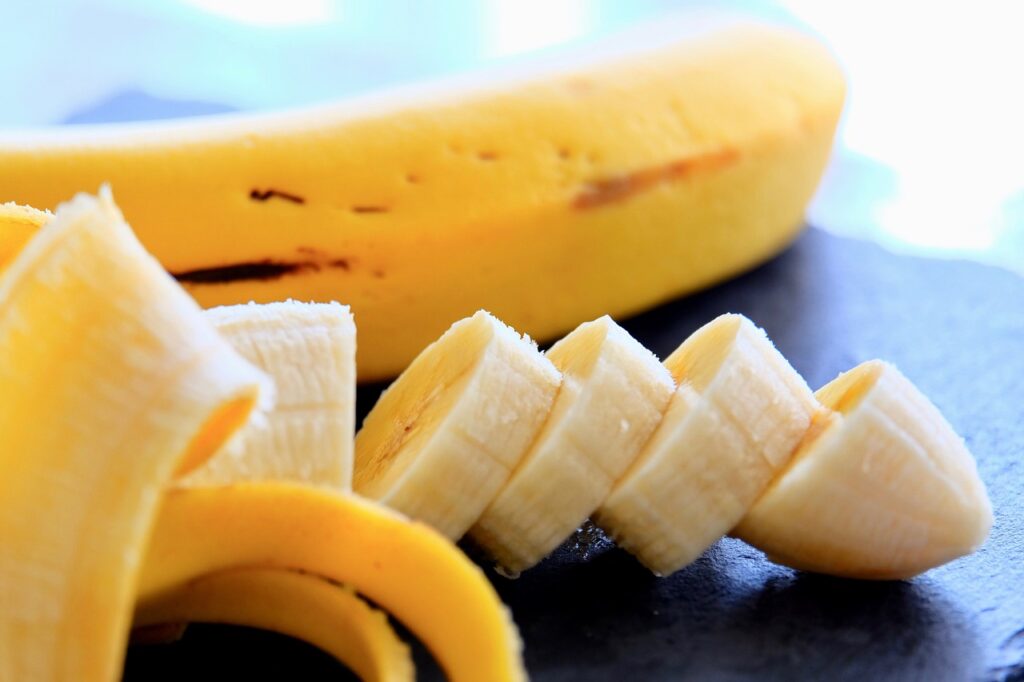
Fun Banana Facts
Bananas are often referred to as a “mood enhancer” due to their high levels of tryptophan, an amino acid that the body converts into serotonin. Additionally, bananas are the only fruit that contains all eight essential amino acids, which are crucial for human health.
Bananas in Popular Culture
Bananas have made their mark in popular culture as well. The “Big Banana Car,” an actual car shaped like a banana, is a testament to the fruit’s quirky appeal. Furthermore, the “Ig Nobel Prize” was awarded to a study examining the slipperiness of banana skins, highlighting the fruit’s unique place in scientific curiosity.
Bananas in Everyday Life
In many parts of the world, bananas are a staple food. They are particularly popular in Central America, South America, and West Africa. The average person in the United States consumes about 27 pounds of bananas per year, making them a household favorite.
Banana Peels and Their Uses
Beyond their edible flesh, banana peels have various uses. Such as rubbing the inside of a banana peel on insect bites or skin irritations like poison ivy can provide relief. Additionally, banana peels can be used in gardening as a natural fertilizer due to their high nutrient content.
Bananas in Cuisine
Bananas are incredibly versatile in the kitchen. In fact they can be enjoyed on their own, added to smoothies, or used in baking. Also banana bread, a popular dessert, showcases the fruit’s ability to provide a complimentary flavor to a variety of dishes.
Nutritional Profile and Health Benefits of Bananas

High Nutritional Value
Bananas are celebrated for their high nutritional value. They provide a wealth of essential nutrients, including vitamin C, vitamin B6, and potassium. These vitamins and minerals play a vital role in maintaining overall health and well-being.
Source of Energy
Bananas are an excellent source of natural energy. Thus the fruit’s high carbohydrate content, primarily in the form of natural sugars and fiber, makes it a perfect snack for a quick energy boost. Athletes often consume bananas before or after workouts to replenish energy levels and support muscle recovery.
Supports Heart Health
Regular consumption of bananas can support heart health. Also the potassium in bananas helps regulate blood pressure, reducing the risk of heart attacks and strokes. Additionally, the fiber content in bananas can help lower cholesterol levels, further promoting cardiovascular health.
Aids Digestion
Bananas are known to aid digestion. The fiber in bananas helps regulate bowel movements and prevent constipation. Moreover, bananas are gentle on the stomach, making them a suitable food for individuals with digestive issues or those recovering from gastrointestinal illnesses.
Enhances Mood
Bananas can enhance mood due to their high levels of tryptophan, an amino acid that the body converts into serotonin. Serotonin is a neurotransmitter that helps regulate mood, sleep, and appetite, contributing to an overall sense of well-being.
Common Questions About Bananas
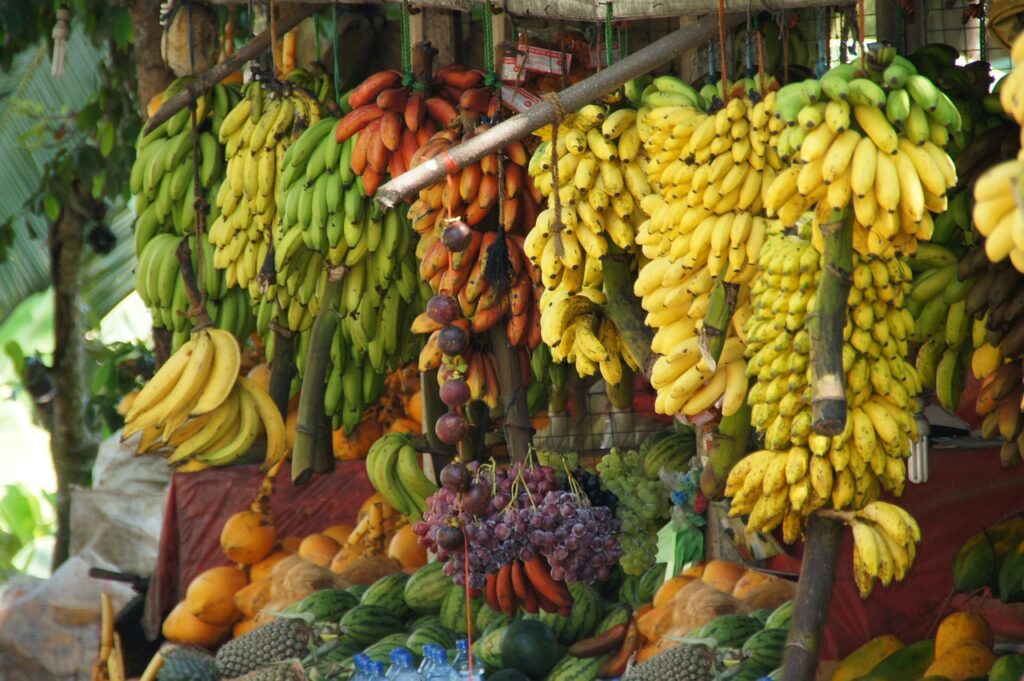
Are Bananas Fattening?
Despite their natural sugar content, bananas are not fattening. They are low in calories and fat, making them a healthy addition to any diet. Their fiber content also helps promote a feeling of fullness, which can aid in weight management.
Can Bananas Help With Weight Loss?
Bananas can indeed aid in weight loss. Their fiber content promotes satiety, helping to reduce overall calorie intake. Additionally, bananas are a nutritious and low-calorie snack option, making them ideal for those looking to shed a few pounds.
What Is the Best Way to Store Bananas?
Bananas should be stored at room temperature until they are ripe. Once ripe, they can be placed in the refrigerator to extend their freshness. Wrapping the stems in cling wrap or storing bananas in a sealed container can also slow down the ripening process.
Are Green Bananas Healthy?
Green bananas are healthy and offer unique benefits. They are high in resistant starch, which acts as a prebiotic, promoting the growth of beneficial gut bacteria. Green bananas can also help regulate blood sugar levels and improve digestive health.
Can Banana Peels Be Eaten?
While not commonly consumed in Western diets, banana peels are edible and rich in nutrients. They can be cooked or blended into smoothies to take advantage of their high fiber and antioxidant content.
Fun and Interesting Facts About Bananas

Banana Plantations and Global Production
Bananas are a popular agricultural product, with major production regions in Latin America, Central America, and Southeast Asia. In fact countries like Costa Rica, Ecuador, and the Philippines are some of the largest producers and exporters of bananas.
The World’s Largest Herb
As mentioned earlier, the banana plant is the world’s largest herb. This fascinating fact often surprises people who assume bananas grow on traditional trees.
The Largest Bunch of Bananas
The largest bunch of bananas ever recorded weighed over 287 pounds and was grown in the Canary Islands. This impressive feat is a testament to the banana’s agricultural significance.
Bananas and the Ig Nobel Prize
In 2014, a study on the slipperiness of banana skins won an Ig Nobel Prize, a parody award that celebrates unusual or trivial achievements in scientific research. This fun banana fact highlights the fruit’s quirky appeal and presence in scientific curiosities.
The Banana Club Museum
Located in Southern California, the Banana Club Museum is dedicated to celebrating all things banana. In brief the museum features a vast collection of banana-related memorabilia and artifacts, making it a must-visit destination for banana enthusiasts.
Bananas in Popular Culture
Bananas have left their mark on popular culture in various ways. From the iconic banana peel slip in cartoons to the popular dessert banana split, bananas are a beloved fruit with a significant cultural impact.
Bananas in Different Cultures
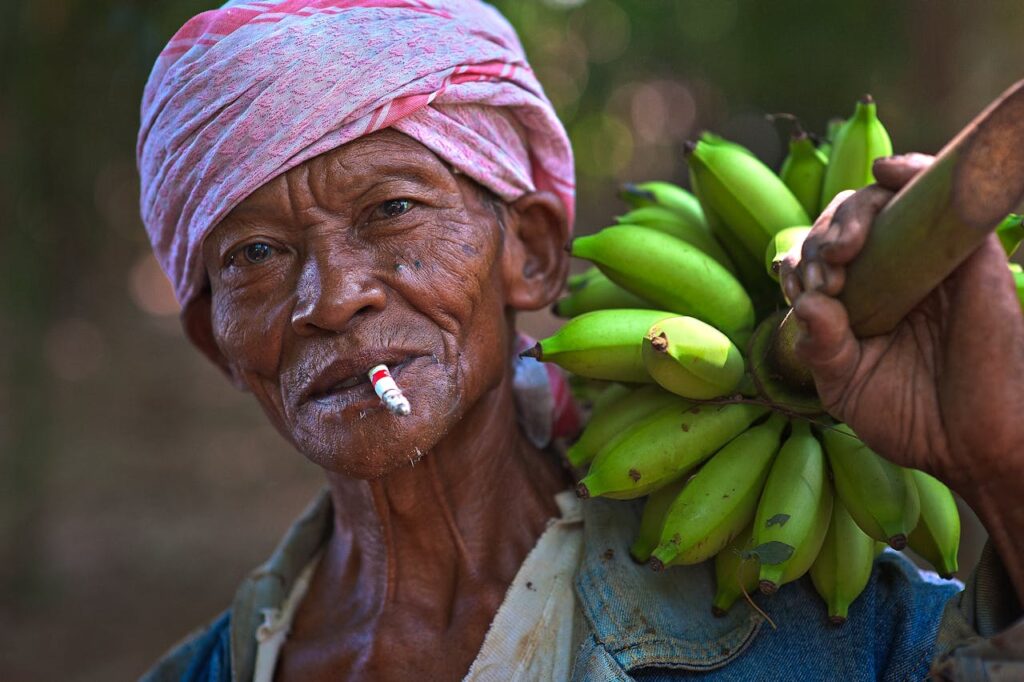
Bananas in Ancient Times
Indeed bananas have been revered in many cultures since ancient times. In Southeast Asia, bananas were often referred to as the “fruit of the wise men” due to their nourishing properties and ease of cultivation. In Hinduism, the banana tree is considered sacred and is used in various religious rituals and ceremonies.
Bananas in Latin America
In Latin America, bananas play a crucial role in the economy and daily life. Countries like Costa Rica and Ecuador are among the largest exporters of bananas, providing a significant source of income for local farmers and communities. Also bananas are a staple food in many Latin American diets, used in dishes ranging from savory plantains to sweet desserts like banana bread.
Bananas in the United States
Bananas are a beloved fruit in the United States, with American households consuming an average of 27 pounds of bananas per capita annually. As a result they are the most popular fruit in the country, surpassing apples and oranges. In addition the versatility and health benefits of bananas make them a favorite snack for people of all ages.
The Science of Bananas
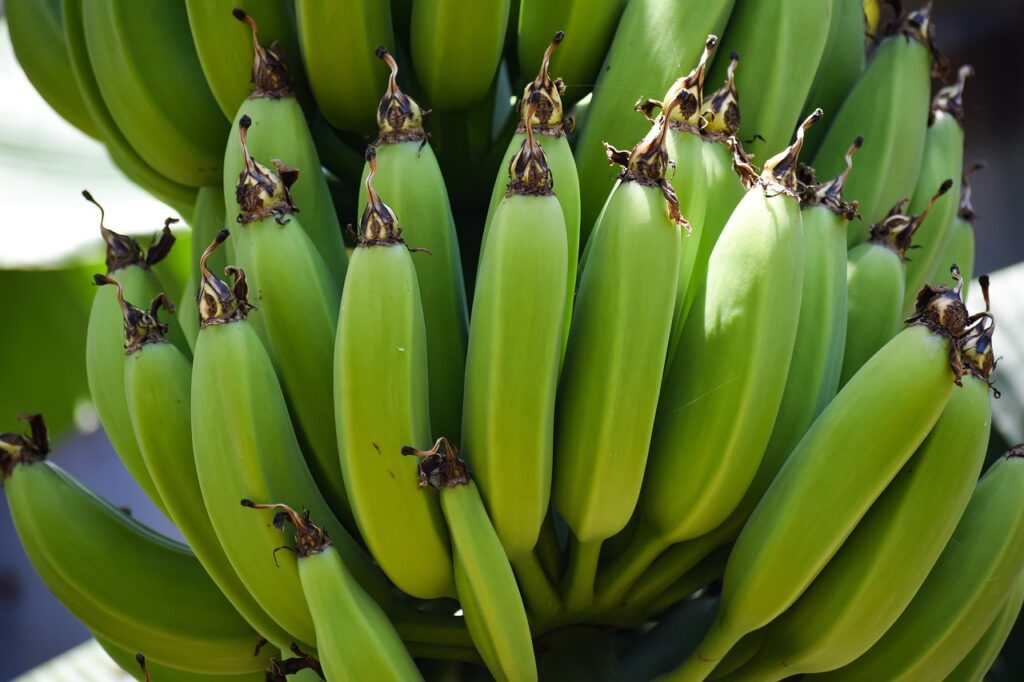
The Ripening Process
The ripening process of bananas is a fascinating natural phenomenon. Green bananas contain high levels of starch, which gradually converts into sugar as the fruit ripens. This process is facilitated by the release of ethylene gas, a natural plant hormone. To speed up ripening, bananas can be placed in a brown paper bag or wrapped in aluminum foil.
The Role of Tryptophan
Tryptophan, an amino acid found in bananas, plays a vital role in the production of serotonin, a neurotransmitter that influences mood and sleep. High levels of tryptophan in bananas contribute to their reputation as a “mood enhancer,” helping to alleviate symptoms of depression and anxiety.
The Impact of Banana Consumption on Health
Regular consumption of bananas can have numerous health benefits. They are known to improve digestive health, support heart health, and enhance mood. Bananas are also rich in antioxidants, which help combat oxidative stress and reduce the risk of chronic diseases.
Facts About Bananas: Frequently Asked Questions
What Is the Scientific Name of Bananas?
The scientific name of bananas is Musa sapientum, which translates to “fruit of the wise men.” This name reflects the fruit’s historical significance and its revered status in various cultures.
Can Bananas Help Reduce the Risk of Heart Attacks?
Yes, bananas can help reduce the risk of heart attacks. Their high potassium content helps regulate blood pressure, which is a crucial factor in preventing cardiovascular diseases. Additionally, the fiber in bananas can lower cholesterol levels, further promoting heart health.
Are Bananas the Only Fruit That Grows on a Herb?
Yes, bananas are unique in that they grow on a massive herb rather than a traditional tree. The “banana tree” is technically a large perennial herb, with the trunk being a pseudostem formed by tightly packed leaf bases.
Facts About Bananas: FAQs
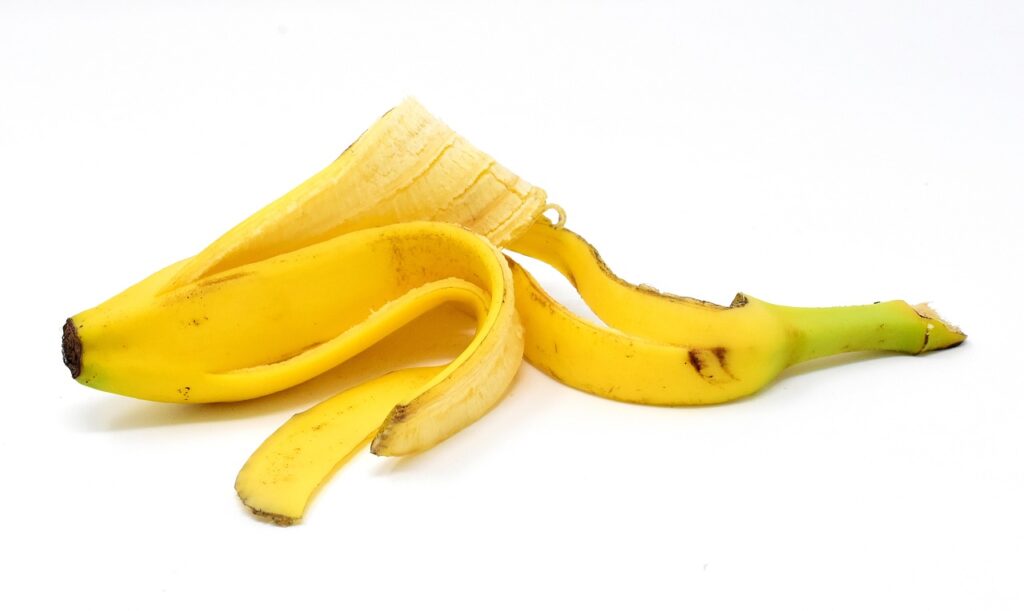
How Do Bananas Help With Digestion?
Bananas aid digestion due to their high fiber content. The fiber helps regulate bowel movements and prevents constipation. Additionally, bananas contain pectin, a type of soluble fiber that can improve gut health by promoting the growth of beneficial bacteria
Can Banana Peels Be Used for Anything?
Yes, banana peels have several practical uses. Rubbing the inside of a banana peel on insect bites or skin irritations like poison ivy can provide relief. Banana peels can also be used as a natural fertilizer in gardening, as they are rich in nutrients.
What Is the Banana Club Museum?
The Banana Club Museum, located in Southern California, is dedicated to all things banana. It features a vast collection of banana-related memorabilia and artifacts, making it a unique destination for banana enthusiasts.
How Are Bananas Used in Popular Culture?
Bananas have a significant presence in popular culture. From the classic cartoon gag of slipping on a banana peel to the popular dessert banana split, bananas are a beloved fruit with a quirky and endearing cultural impact.
Fun Banana Facts
The World Record for the Largest Bunch of Bananas
The world record for the largest bunch of bananas is held by a bunch that weighed over 287 pounds. In fact his impressive record was set in the Canary Islands, highlighting the agricultural significance of bananas.
The Big Banana Car
The Big Banana Car is a whimsical creation, an actual car shaped like a banana. This quirky vehicle has become a symbol of the fruit’s playful and fun nature, capturing the imagination of banana lovers everywhere.
Bananas and the Ig Nobel Prize
A study on the slipperiness of banana skins won an Ig Nobel Prize in 2014. This award celebrates unusual or trivial scientific research, and the study on banana skins highlights the fruit’s unique place in scientific curiosity.
Different Varieties of Bananas
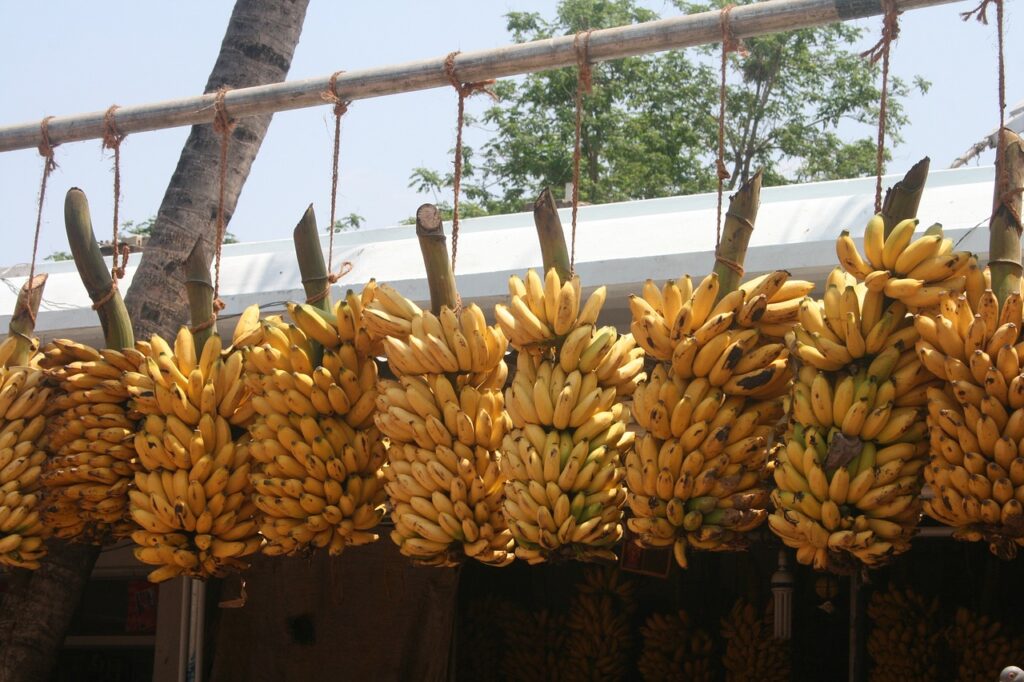
Cavendish Banana
The Cavendish banana is the most commonly consumed variety worldwide. Known for its sweet flavor and creamy texture, the Cavendish banana has become a staple in many households. Its popularity surged after the decline of the Gros Michel banana due to Panama disease.
Blue Java Banana
Also known as the “Ice Cream Banana,” the Blue Java banana is renowned for its unique flavor and texture, which resemble vanilla ice cream. This variety is often used in desserts and smoothies, adding a delightful sweetness and creamy consistency.
Gros Michel Banana
The Gros Michel banana, once the most popular variety, was largely replaced by the Cavendish due to its susceptibility to Panama disease. However, it remains a favorite in some regions for its rich flavor and robust texture.
Plantain
Plantains, a type of banana, are a dietary staple in many tropical regions. Unlike sweet bananas, plantains are starchy and are often cooked before consumption. They are versatile and can be used in both savory and sweet dishes.
The Environmental Impact of Banana Cultivation
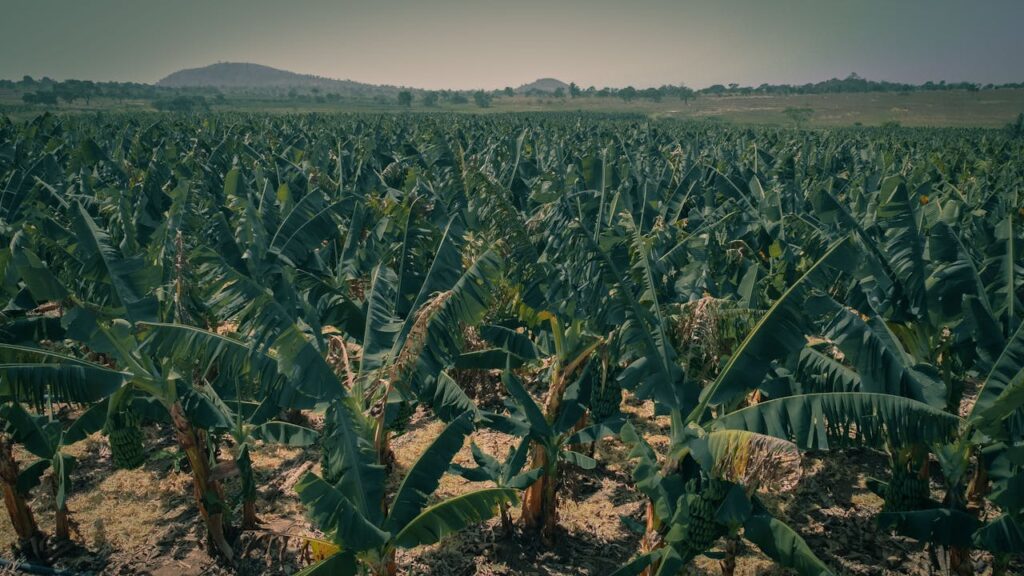
Banana Plantations and Biodiversity
Banana plantations, particularly in Latin America and Southeast Asia, have significant environmental impacts. Large-scale cultivation often leads to deforestation and loss of biodiversity. Sustainable farming practices are essential to mitigate these effects and preserve ecosystems.
Pesticide Use and Its Consequences
The use of pesticides in banana farming can have detrimental effects on the environment and human health. Many plantations rely on chemical pesticides to protect crops from pests and diseases. However, these chemicals can contaminate water sources and harm wildlife.
Sustainable Banana Farming
Efforts are being made to promote sustainable banana farming practices. As a result organic farming, agroforestry, and integrated pest management are some methods being employed to reduce the environmental footprint of banana cultivation. Therefore these practices aim to protect biodiversity, improve soil health, and ensure the long-term viability of banana farming.
Facts About Bananas
Cluster of Bananas
- Definition and Composition: A cluster of bananas, also known as a “hand,” consists of multiple bananas or “fingers” growing together. A typical cluster can contain anywhere from 10 to 20 bananas.
- Growth and Harvest: Bananas grow in clusters on a banana plant, which is technically a massive herb. Each plant typically produces one large cluster during its lifecycle, which is harvested when the bananas reach the desired ripeness.
- Commercial Distribution: In commercial banana farming, clusters are often divided into smaller groups or individual bananas for distribution and sale. This makes it easier for consumers to purchase the desired quantity.
Single Banana
- Definition: A single banana, also referred to as a “finger,” is an individual fruit separated from a cluster.
- Nutritional Value: A single banana is packed with essential nutrients. It typically contains about 105 calories, 27 grams of carbohydrates, 3 grams of fiber, and provides a good source of vitamin C, vitamin B6, and potassium.
- Usage: Single bananas are commonly consumed as a convenient, on-the-go snack. They are also used in a variety of culinary applications, from baking and smoothies to salads and desserts.
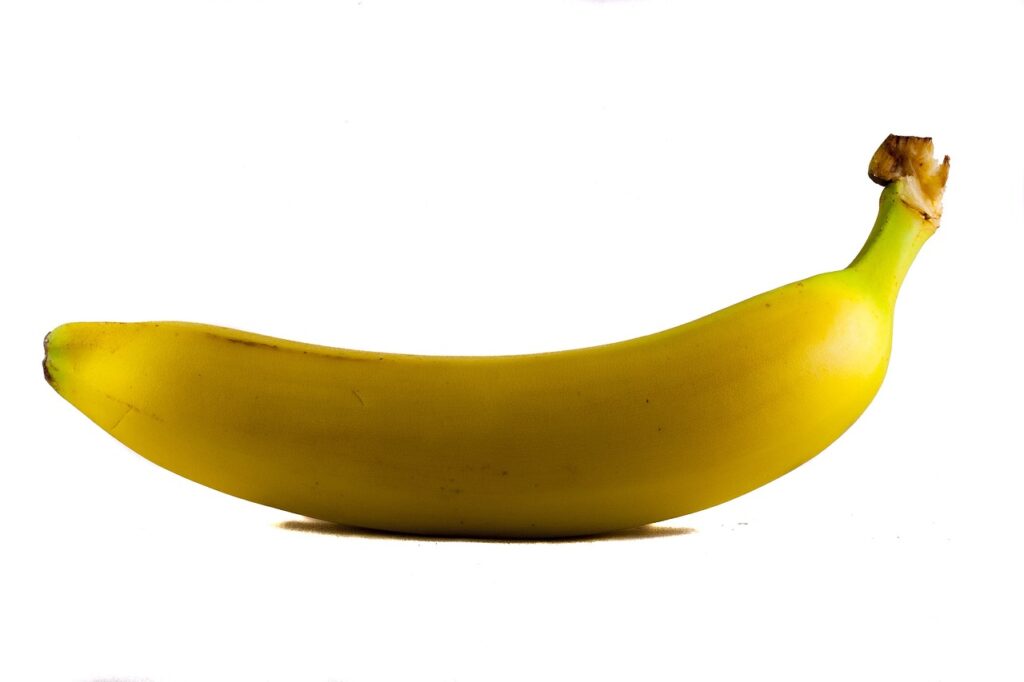
Vitamin B and Bananas
- Vitamin B6 Content: Bananas are an excellent source of vitamin B6. A single medium banana provides about 20% of the daily recommended intake of this essential vitamin. Vitamin B6 is crucial for brain health, helping in the production of neurotransmitters such as serotonin and dopamine.
- Other B Vitamins: Besides vitamin B6, bananas also contain small amounts of other B vitamins, including thiamine (B1), riboflavin (B2), and niacin (B3). These vitamins are important for energy production and maintaining healthy skin and nerves.
- Health Benefits: Consuming bananas helps in various bodily functions. Vitamin B6 supports cognitive function, helps reduce inflammation, and is involved in the metabolism of amino acids and carbohydrates.
Banana Skin
- Nutritional and Practical Uses: Banana skin, commonly referred to as banana peel, is rich in fiber, antioxidants, and essential nutrients. While it is not typically eaten in Western diets, it is consumed in some cultures after being cooked or blended into smoothies.
- Natural Remedies: The inside of a banana peel can be used for natural remedies. Rubbing it on insect bites or skin irritations like poison ivy can provide relief due to its anti-inflammatory properties.
- Gardening Benefits: Banana skins are beneficial for gardening. They can be used as a natural fertilizer, providing nutrients such as potassium and phosphorus to plants. This practice supports sustainable gardening by recycling organic waste.
- Culinary Applications: In some cuisines, banana peels are cooked and consumed. They can be fried, boiled, or baked, adding a unique flavor and texture to dishes.
Facts About Bananas Conclusion
In conclusion, bananas are more than just a delicious and convenient snack. Moreover they have a rich history, diverse varieties, and numerous health benefits. From their origins in Southeast Asia to their status as the most popular fruit in the United States, bananas play a significant role in cultures around the world.
Without a doubt understanding the fascinating facts about bananas, their nutritional value, and their environmental impact can deepen our appreciation for this versatile fruit. By supporting sustainable farming practices, we can enjoy bananas while also protecting the planet.
Facts About Bananas: Frequently Asked Questions
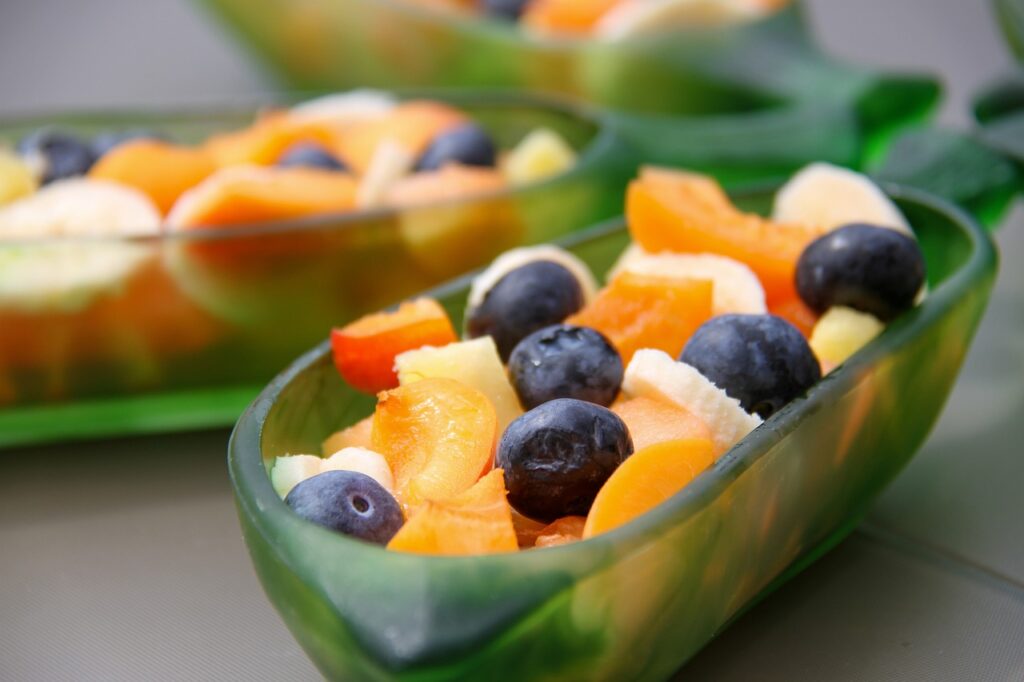
What Is the Nutritional Value of Bananas?
Bananas are rich in vitamins and minerals, including vitamin C, vitamin B6, and potassium. They are also a good source of dietary fiber, which aids digestion and helps regulate blood sugar levels.
How Can Bananas Be Incorporated into a Healthy Diet?
Bananas can be eaten on their own, added to smoothies, used in baking, or included in various dishes. Their natural sweetness and creamy texture make them a versatile ingredient in both savory and sweet recipes.
What Are the Health Benefits of Eating Bananas?
Eating bananas can support heart health, improve digestion, enhance mood, and provide a natural source of energy. Their high potassium content helps regulate blood pressure, and their fiber content promotes a healthy digestive system.
Are There Any Risks Associated With Eating Bananas?
While bananas are generally safe to eat, consuming them in excess can lead to an imbalance of nutrients. People with kidney problems should monitor their potassium intake, as bananas are high in this mineral.
How Do Bananas Contribute to Environmental Sustainability?
Supporting organic and sustainably grown bananas helps reduce the environmental impact of banana cultivation. Sustainable farming practices protect biodiversity, improve soil health, and reduce the use of harmful pesticides.



